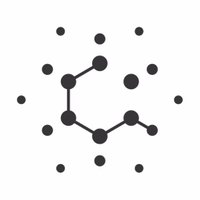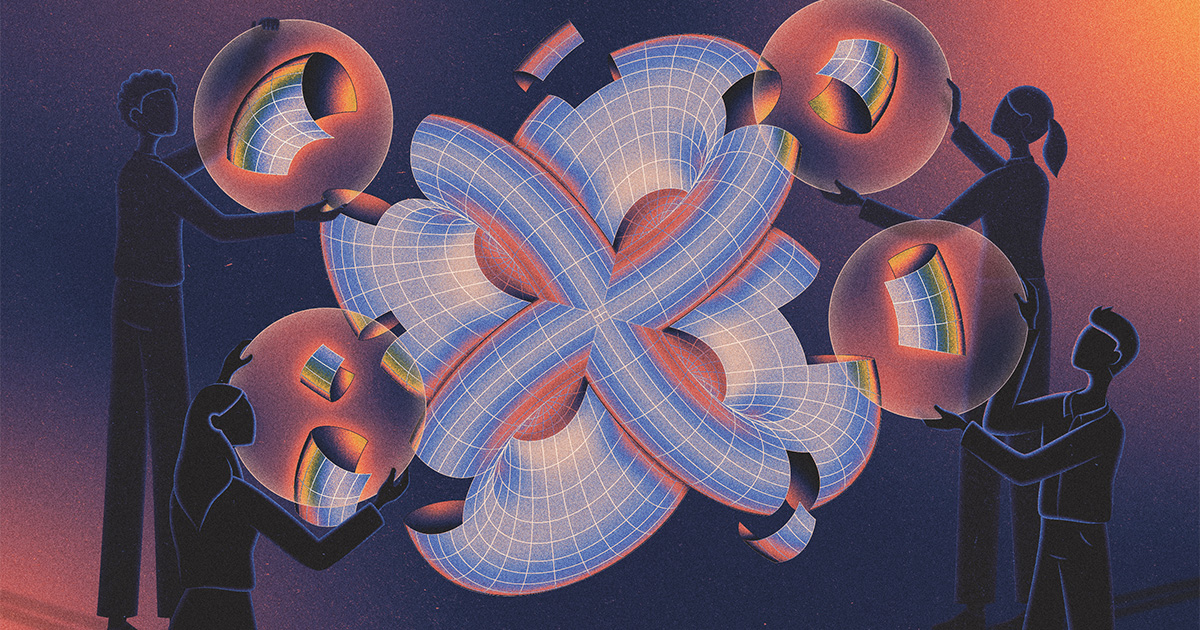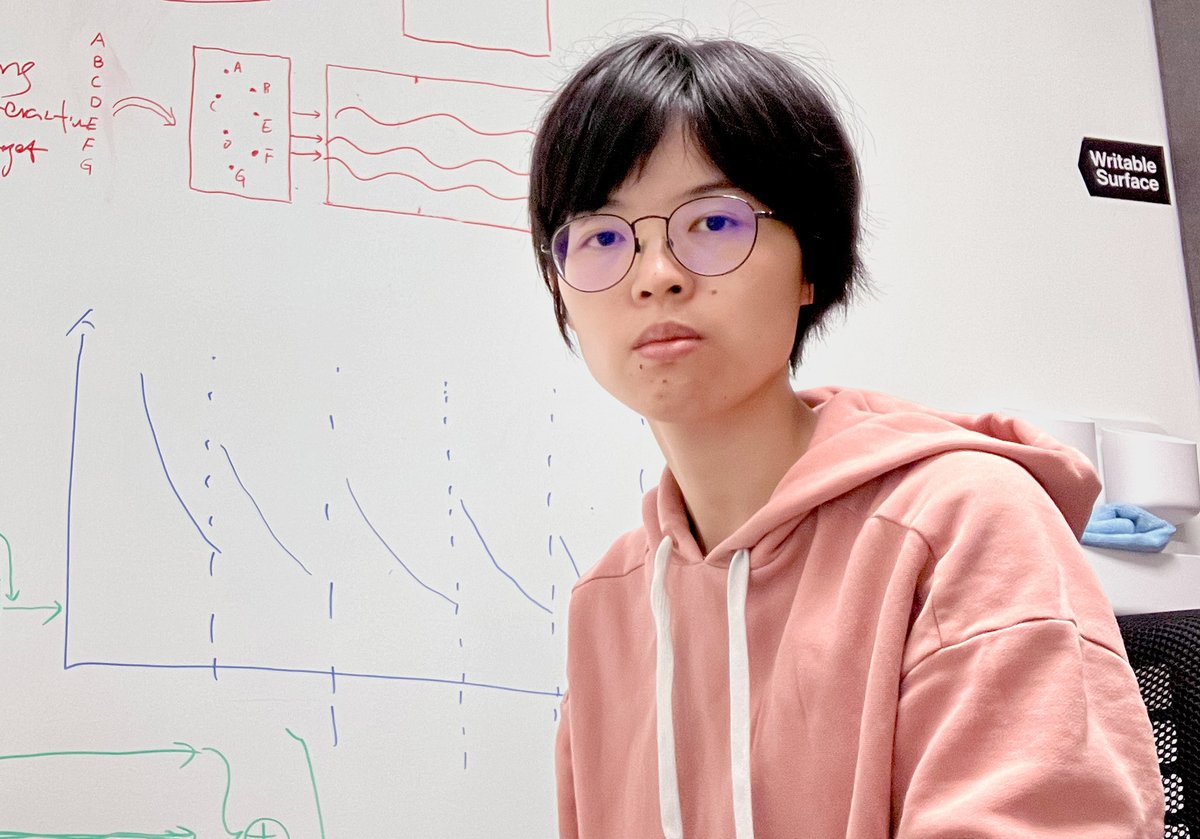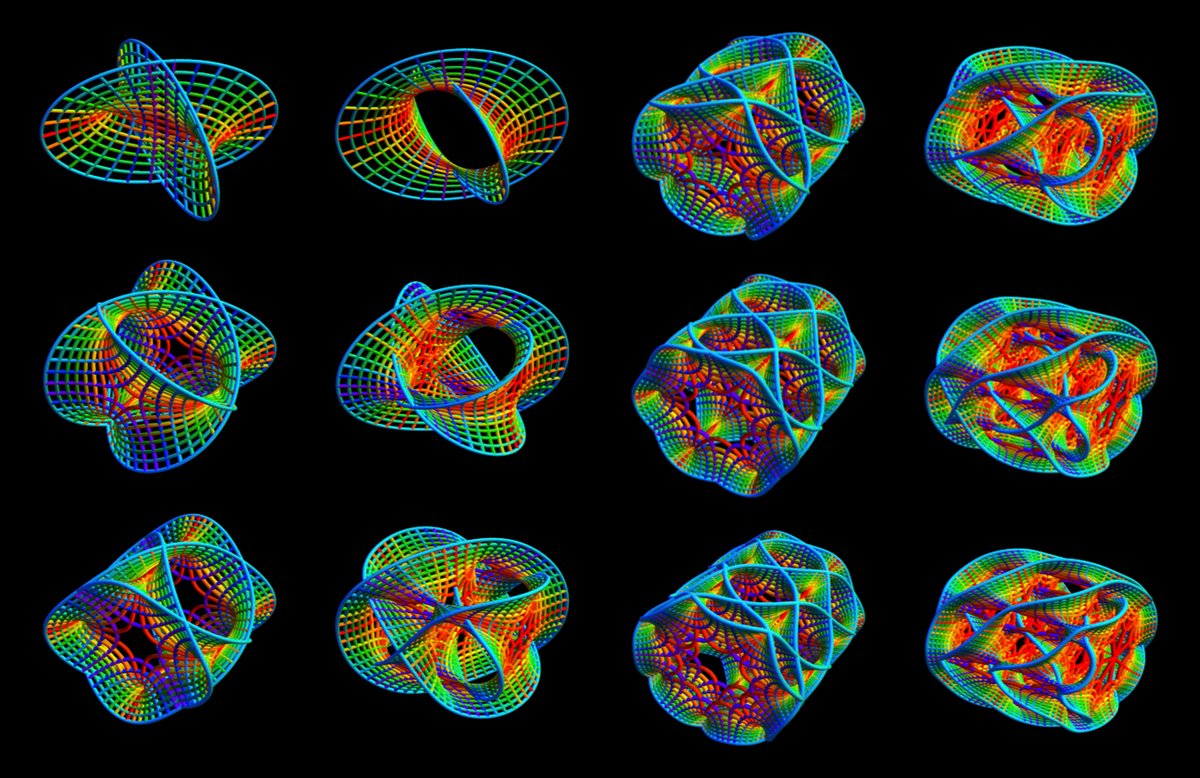
Quanta Magazine
@QuantaMagazine
Illuminating math and science. Supported by @SimonsFdn. 2022 Pulitzer Prize in Explanatory Reporting.
ID:860158302
http://quantamagazine.org 03-10-2012 18:44:34
32,0K Tweets
322,7K Followers
657 Following




A messy diaper can hold a trove of data about a baby’s nutrition — and the keys to better infant health. Listen to “The Joy of Why,” a Quanta podcast hosted by Steven Strogatz. listen.quantamagazine.org/jow-307-s





Language is mushy. Ellie Pavlick, a computer scientist at Brown University and Google DeepMind, probes how this mushiness works in large language models. In a conversation with John Pavlus, Pavlick explores what “meaning” means for machines. quantamagazine.org/does-ai-know-w…



Decades ago, the idea of essential “keystone species” took hold in ecology and culture. The metaphor has become so widespread that some researchers fear it has lost all meaning. Now, some ecologists are tightening up the term. Lesley Evans Ogden reports: quantamagazine.org/ecologists-str…


Machine learning is reinvigorating a quest that largely stalled decades ago: the effort to determine whether string theory can actually describe our world. Charlie Wood reports:
quantamagazine.org/ai-starts-to-s…


Mathematicians have the tools to explore worlds of 2, 3 and 5+ dimensions. But the fourth dimension remains mysterious and elusive. Topologists are trying to change that, one problem at a time. Jordana Cepelewicz reports: quantamagazine.org/mathematicians…


